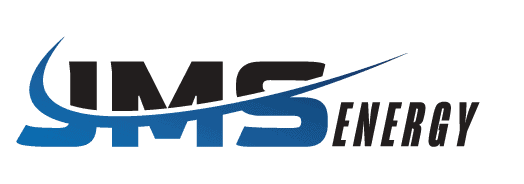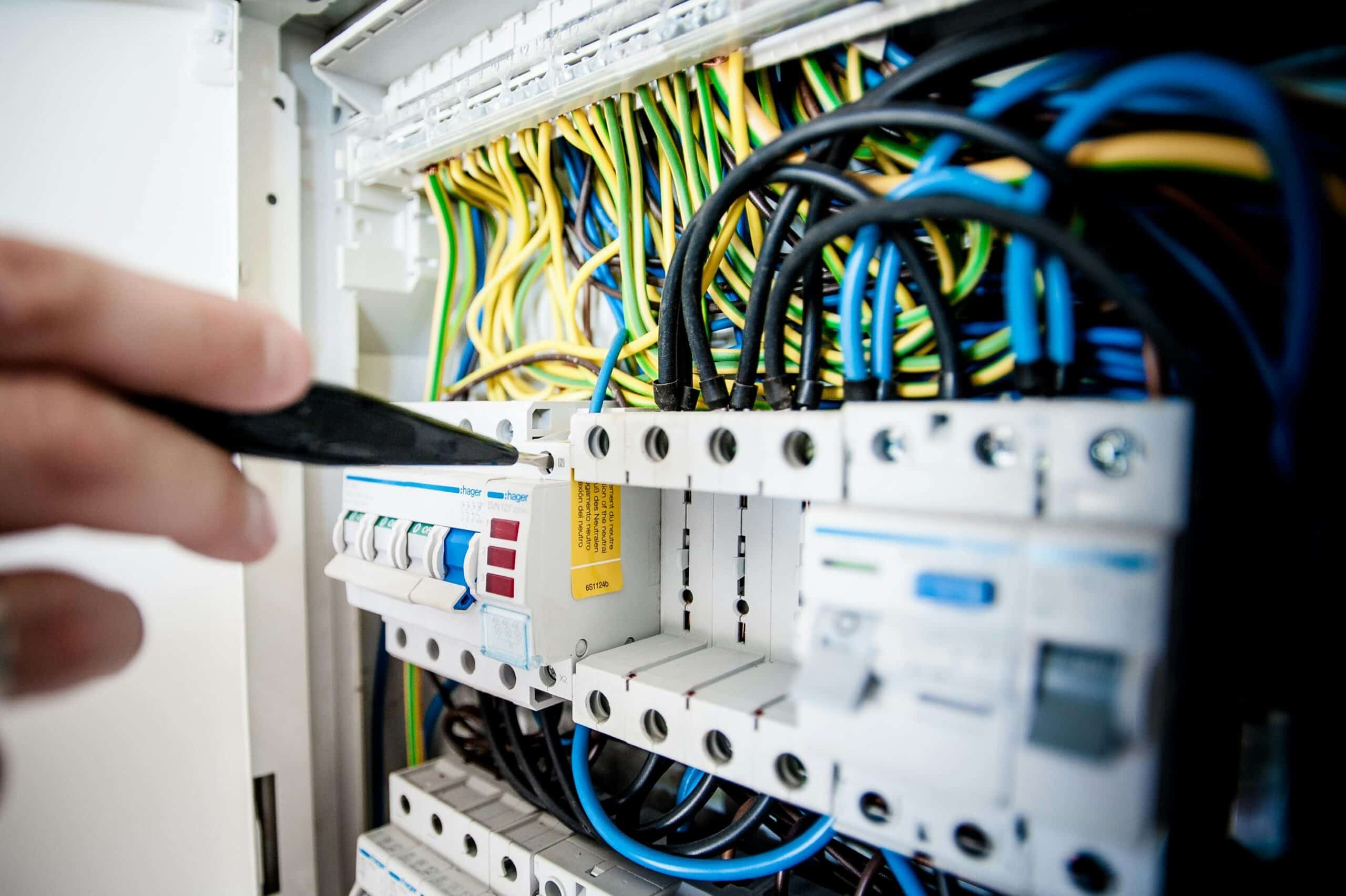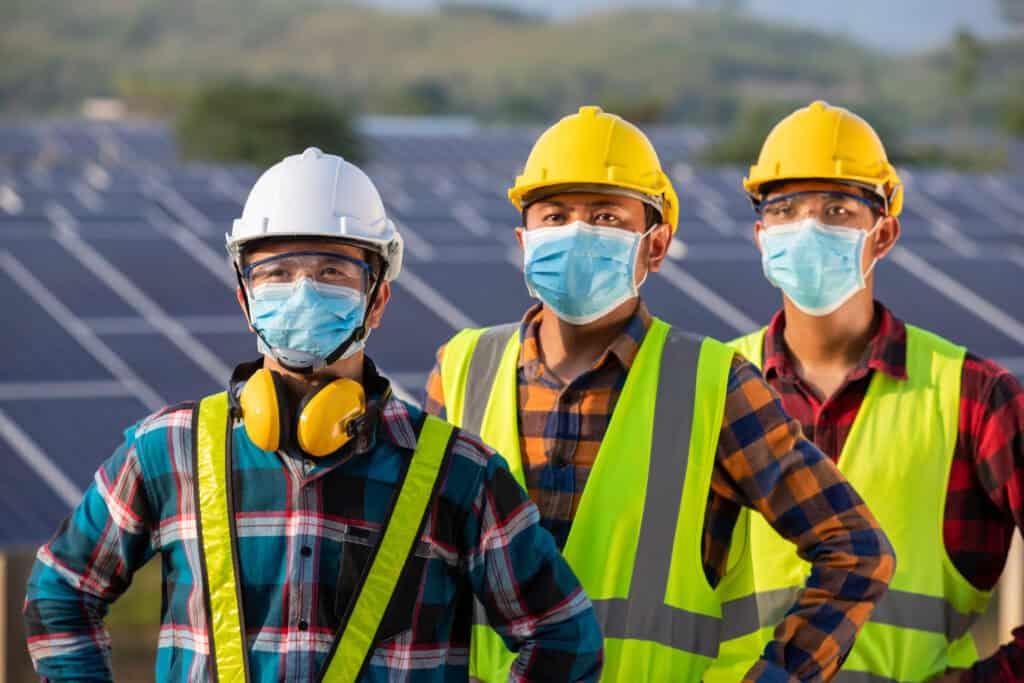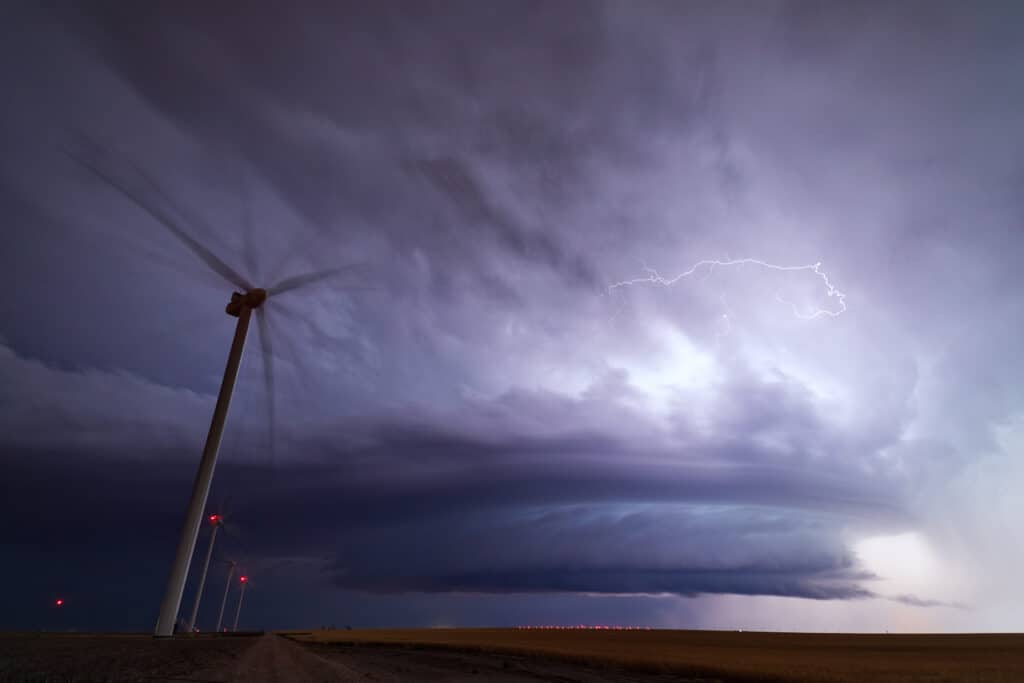Visual inspection is an essential part of ensuring the safety and reliability of various systems in numerous industries. At JMS, we pride ourselves on providing top-tier visual inspection services that stand out in the market. Here are some frequently asked questions that delve into why JMS is the leader in this field.
Table of Contents

What sets JMS apart in the realm of visual inspection services?
JMS distinguishes itself through a combination of cutting-edge technology, unparalleled expertise, and a commitment to client-centric solutions. By utilizing the latest tools and methodologies, we ensure that our inspections are not only thorough but also efficient. Our team comprises highly trained professionals who bring years of experience and knowledge to each project, ensuring that clients receive the most accurate and insightful results possible.
How does JMS ensure the accuracy and reliability of its visual inspections?
Accuracy and reliability are at the heart of JMS’s services. We achieve this by integrating advanced technologies, such as high-resolution imaging and artificial intelligence, into our inspection processes. This technology allows us to detect even the smallest anomalies, which might be missed by traditional inspection methods. Moreover, our inspectors undergo rigorous training and are certified in the latest industry standards, ensuring they have the skills and knowledge necessary to deliver precise results.
Can JMS handle large-scale projects across diverse industries?
Absolutely. JMS is equipped to handle projects of any size and complexity across various industries. Our expansive network and resources allow us to mobilize teams quickly and efficiently, regardless of the project’s scale. We understand the unique challenges each industry presents and tailor our inspection services to meet those specific needs, whether it be in oil and gas, telecommunications, or other sectors.
How does JMS incorporate communication into its visual inspection services?
Effective communication is crucial to the success of any inspection project. At JMS, we emphasize clear and consistent communication with our clients from start to finish. Our process begins with an in-depth consultation to understand the client’s objectives and requirements. Throughout the project, we provide regular updates and detailed reports, ensuring clients are informed every step of the way. This approach fosters transparency and builds trust, allowing us to consistently meet and exceed client expectations.
What role does technology play in JMS’s visual inspection methodology?
Technology is a cornerstone of JMS’s inspection strategy. We leverage state-of-the-art equipment and software to enhance the precision and scope of our inspections. This includes drones for aerial inspections, robotic crawlers for confined spaces, and sophisticated imaging software for detailed analysis. The integration of technology not only improves the quality of our inspections but also enhances safety by reducing the need for personnel to work in hazardous environments.
Does JMS provide customizable visual inspection solutions?
Yes, JMS prides itself on offering customizable inspection solutions tailored to meet specific client needs. We recognize that no two projects are the same, and our team works closely with clients to develop a customized inspection plan that addresses their unique challenges and objectives. This personalized approach ensures that we deliver the most relevant and effective solutions for each client.
How does JMS ensure the safety and compliance of its visual inspections?
Safety and compliance are non-negotiable priorities for JMS. We adhere strictly to industry regulations and standards, conducting our inspections in full compliance with safety protocols. Our team is well-versed in regulatory requirements and keeps updated with any changes in compliance standards. Moreover, our use of technology minimizes risk by reducing the need for physical presence in potentially dangerous environments.
In what ways does JMS support sustainability through its visual inspection services?
Sustainability is an integral part of JMS’s mission. By utilizing energy-efficient technologies and minimizing waste, we strive to conduct inspections with the least environmental impact. Our approach includes implementing remote inspection techniques and utilizing digital reporting to reduce the paper footprint. Additionally, we advise clients on sustainable practices that can be incorporated post-inspection to improve overall environmental performance.
What post-inspection services does JMS offer to support clients?
After the inspection is complete, JMS continues to support clients with a range of post-inspection services. These include providing comprehensive reports with actionable insights, offering maintenance recommendations, and developing long-term inspection schedules to prevent future issues. Our goal is to ensure that clients not only receive a snapshot of their current status but also have a clear path forward for continual improvement.
How does JMS maintain its competitive edge in visual inspection services?
JMS maintains its competitive edge by investing in continuous improvement and innovation. We stay ahead of industry trends and advancements to ensure we’re delivering the most advanced and effective solutions available. Our commitment to education and training ensures our team is always equipped with the latest knowledge and skills. Furthermore, we cultivate strong relationships with our clients, listening to feedback and adapting our services to meet evolving needs.
In conclusion, JMS’s visual inspection services are defined by their precision, adaptability, and client-focused approach. By combining technology, expertise, and communication, we deliver unparalleled inspection quality, ensuring safety, compliance, and peace of mind for our clients.





